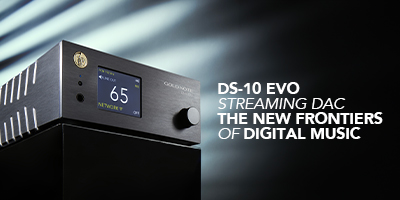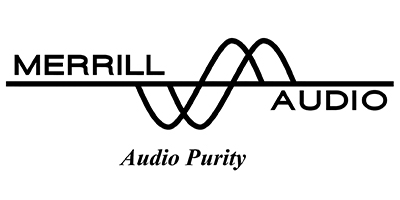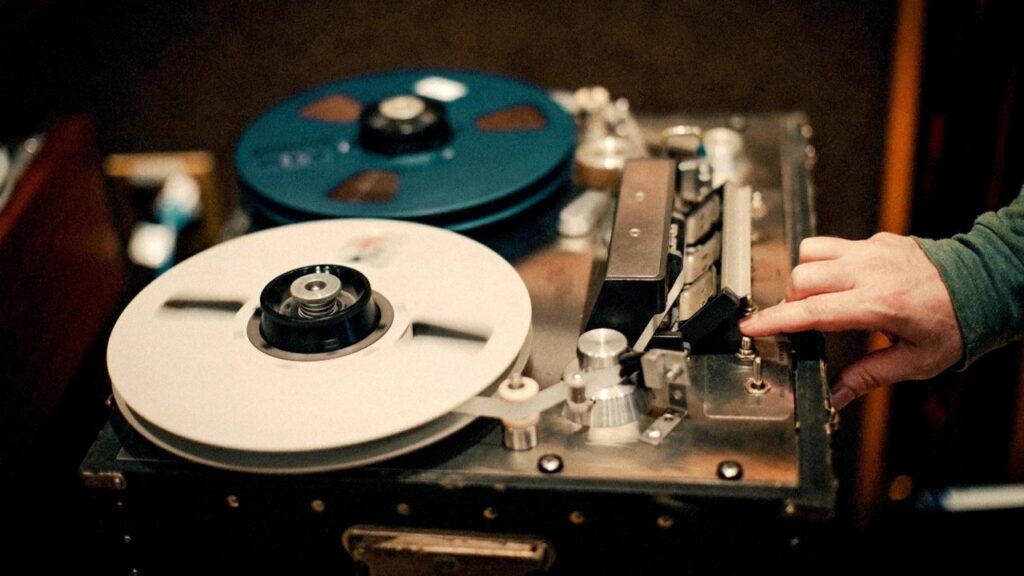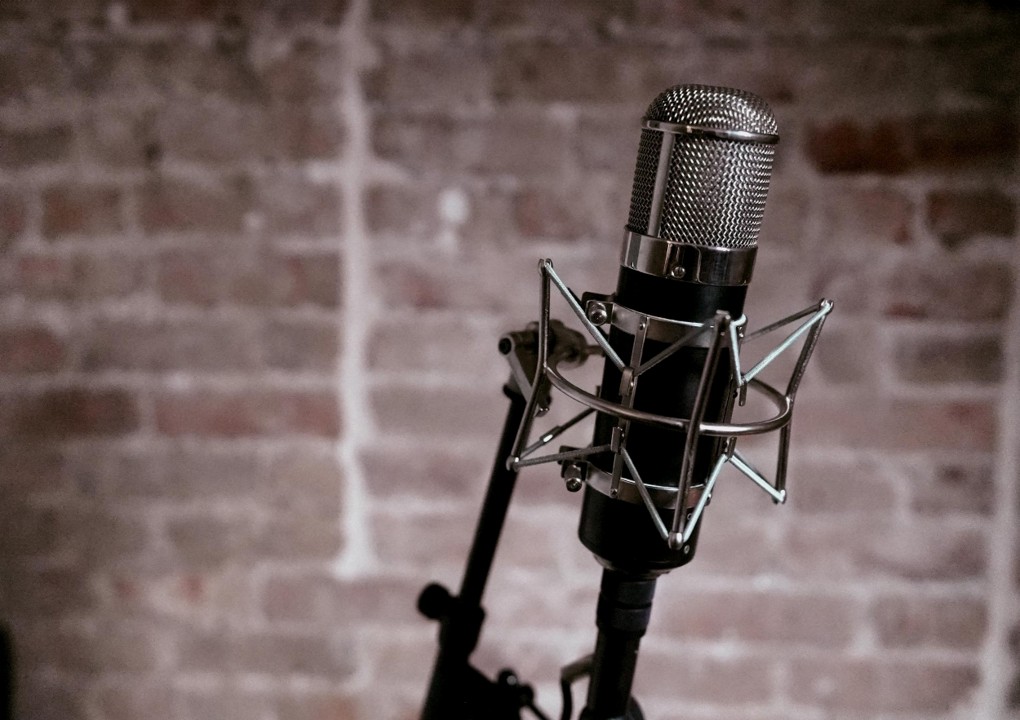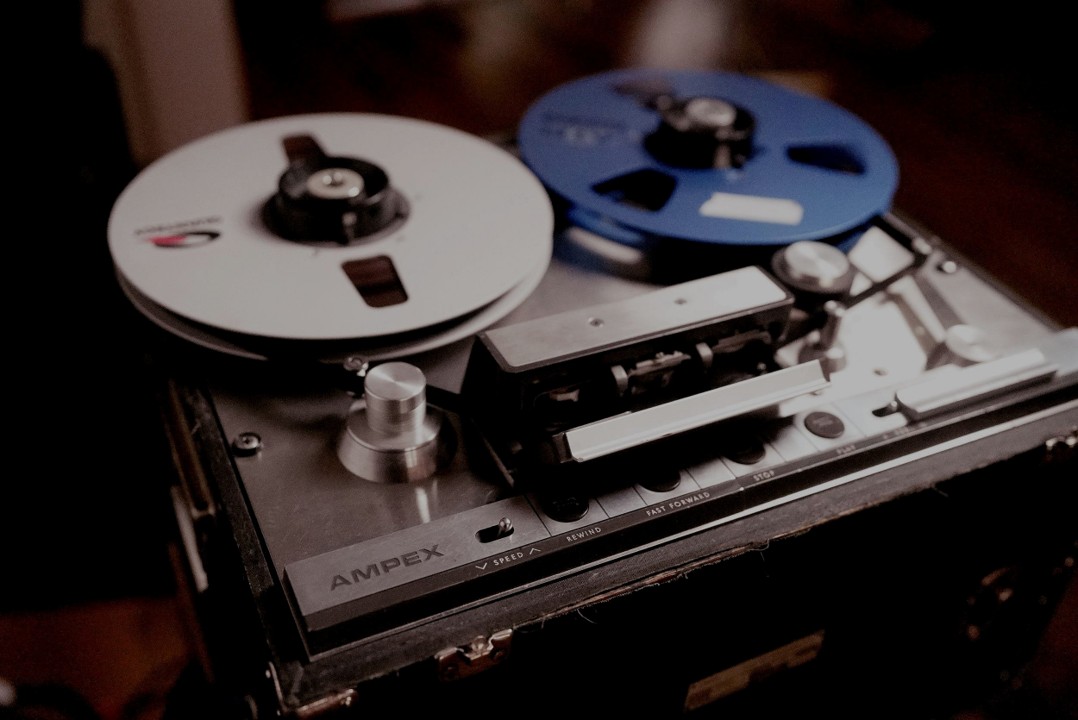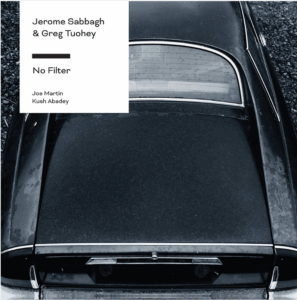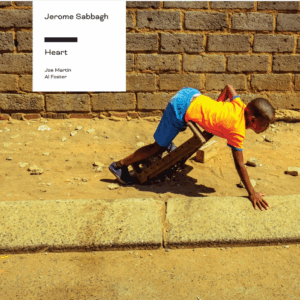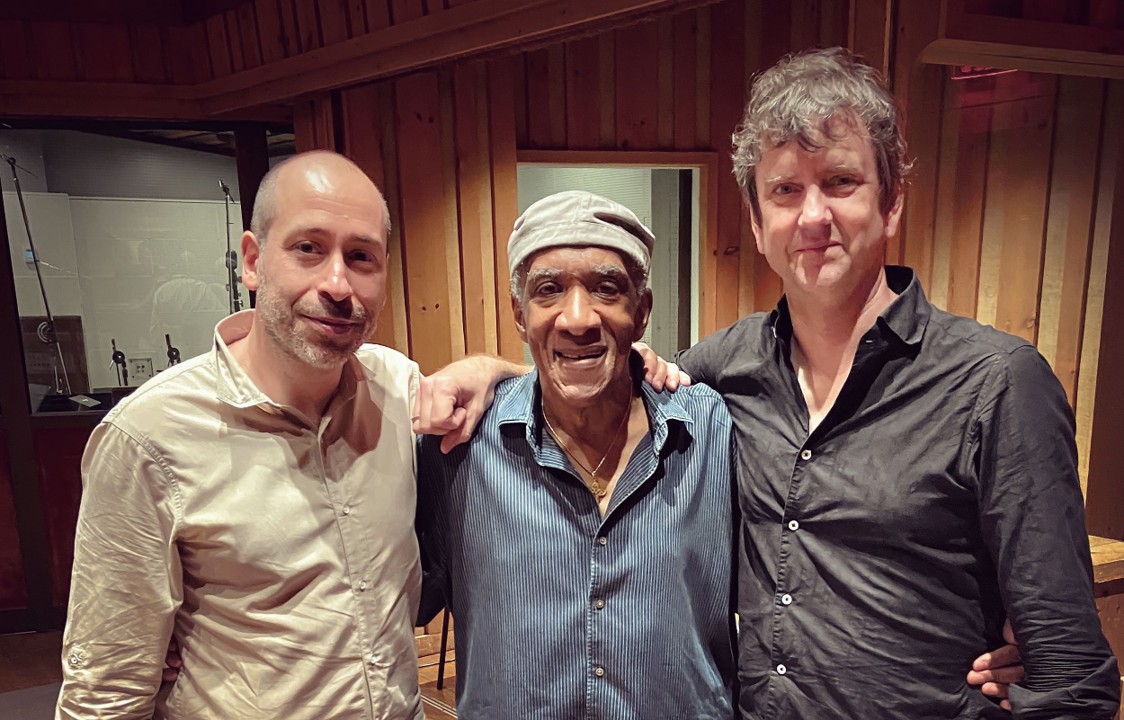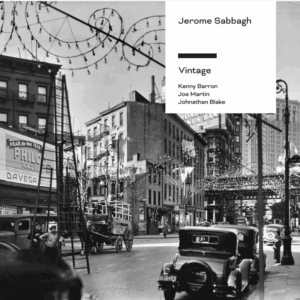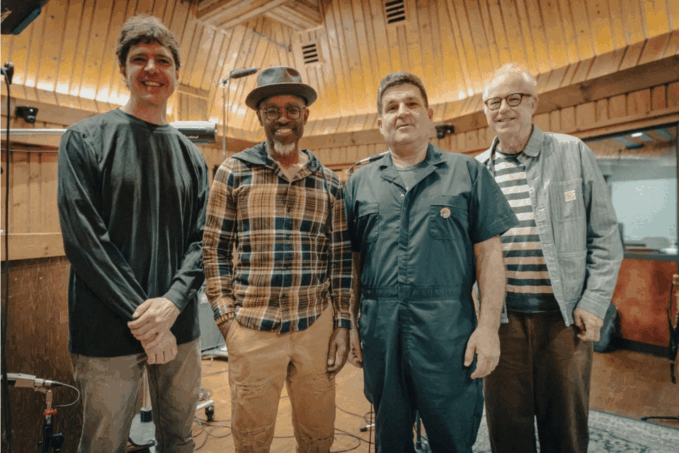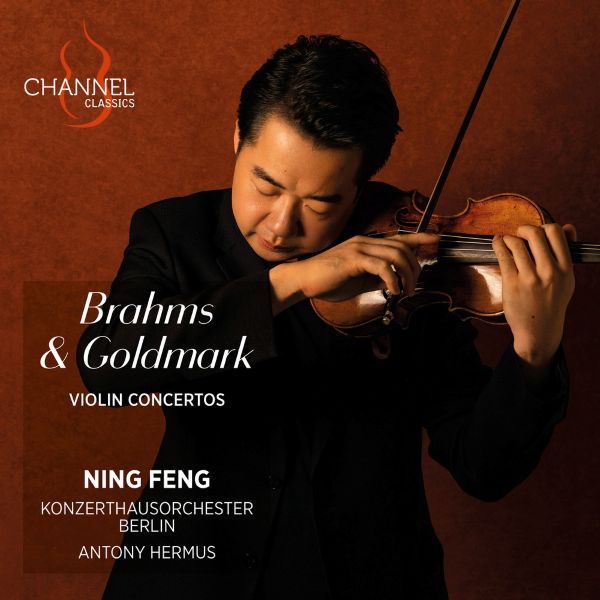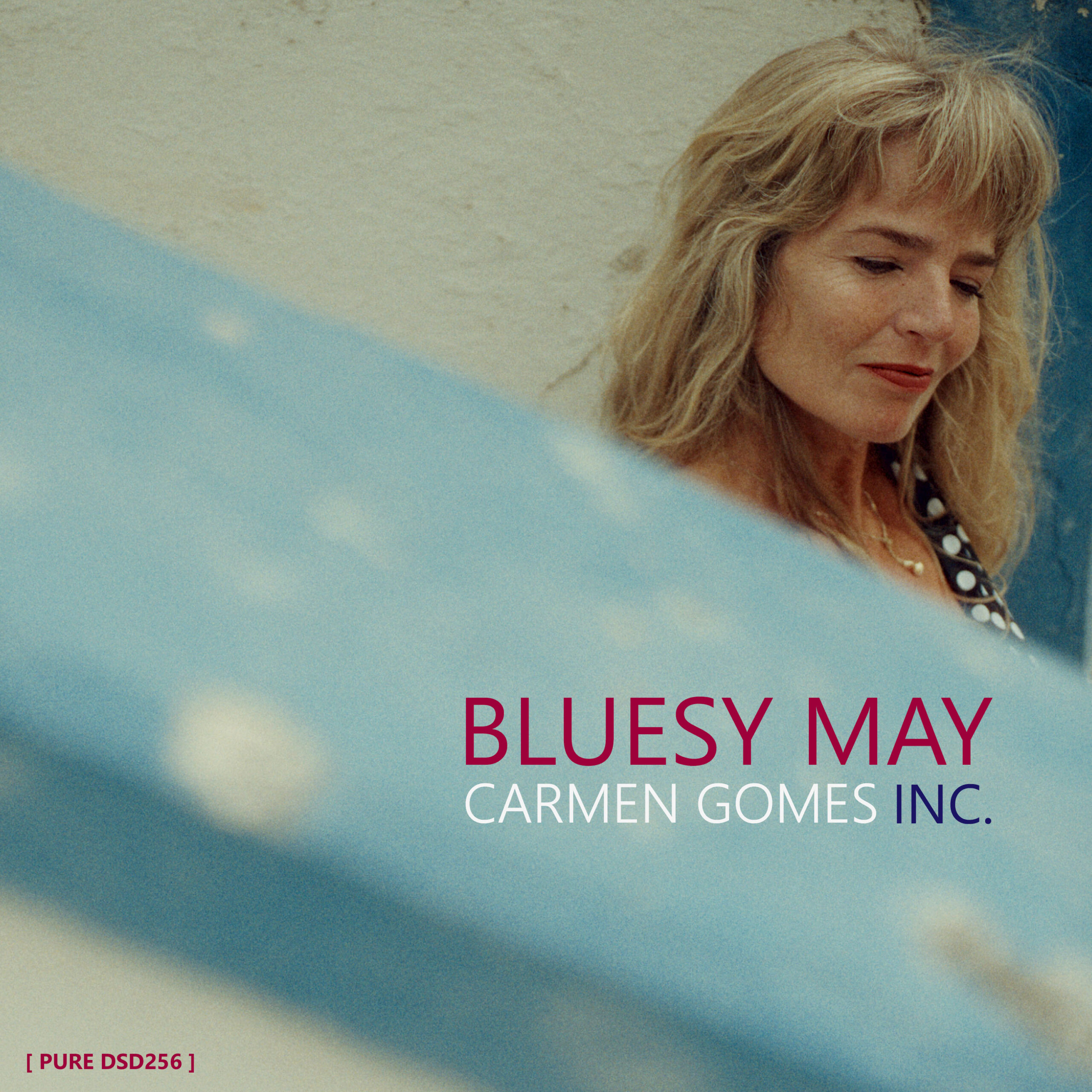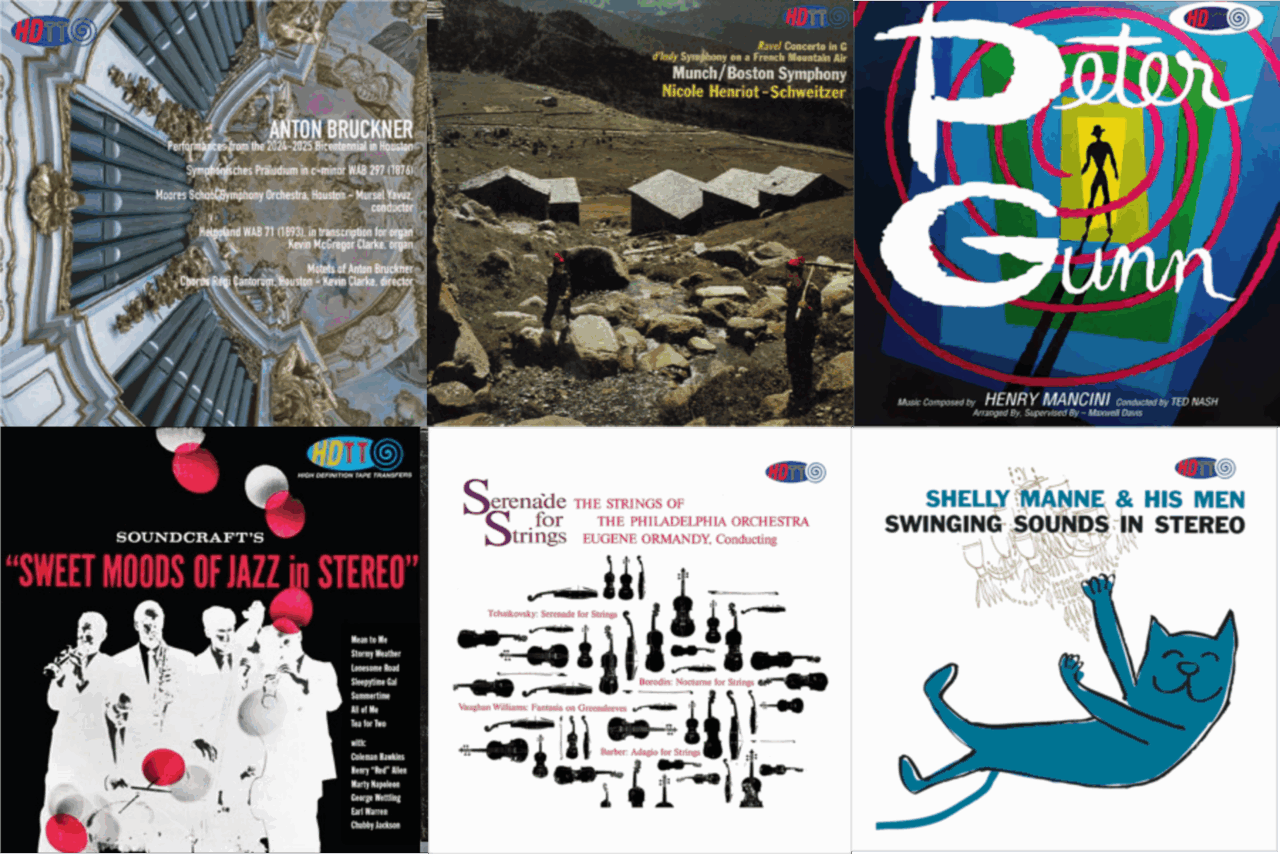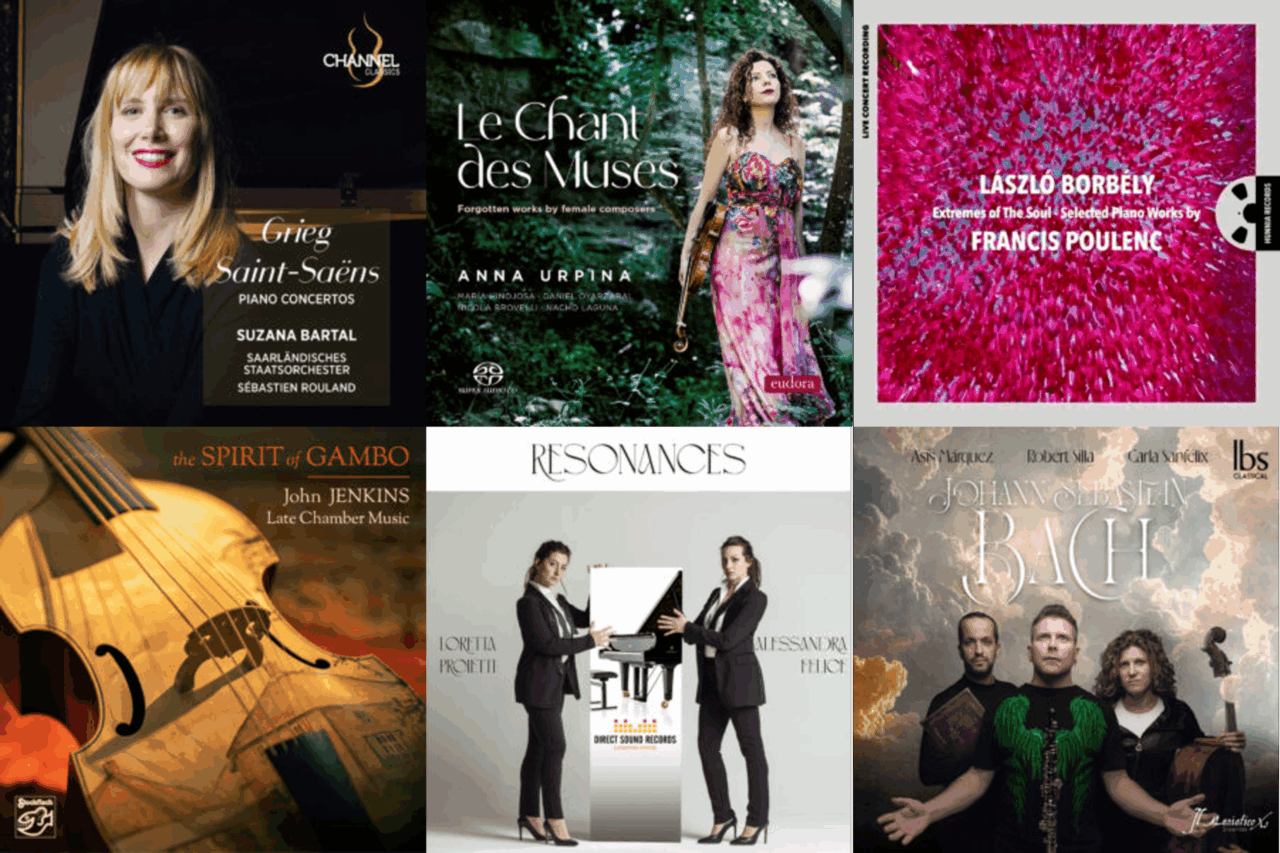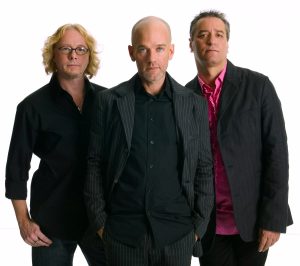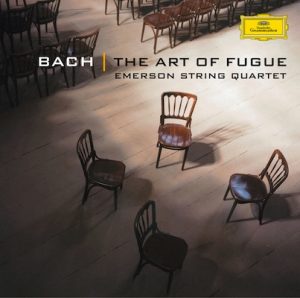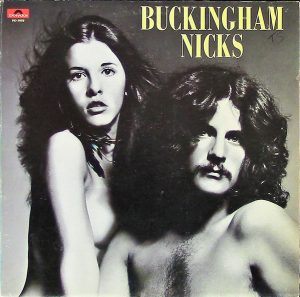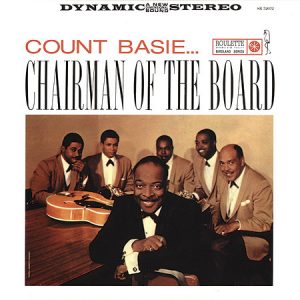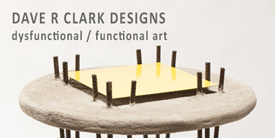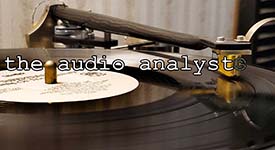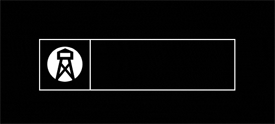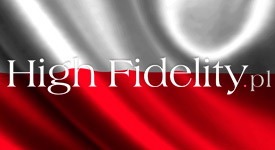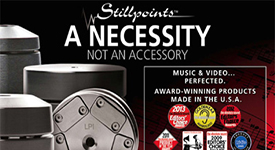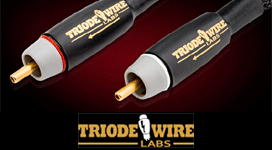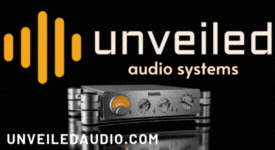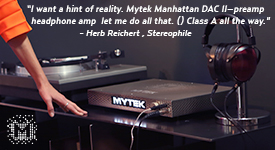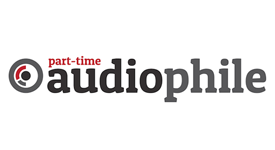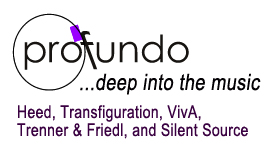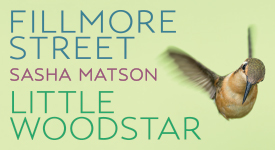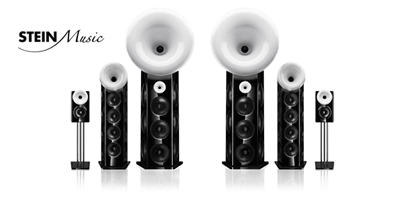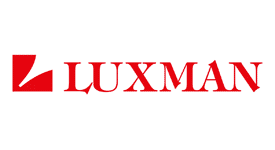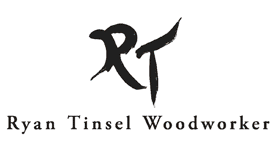Analog Tone Factory is a label new to me but it has been releasing some very nice all analog albums on high quality vinyl and transfer to analog tape for the past few years. Their LPs have already received very high recommendations in the audiophile press, but since I've been away from vinyl for half a dozen years now, I've missed hearing about them. I only found their work a few weeks ago when founder Jerome Sabbagh contacted me through one of the online audio forums inviting me to listen to some of their new Pure DSD256 transfers from his master tapes. How could I not take him up on his offer?
Saxophonist/producer Jerome Sabbagh and pianist/recording engineer Pete Rende founded Analog Tone Factory to pursue their shared desire to record music in a way that would draw listeners in, and to go back to the way records used to be made—with fewer manipulations and more directness.
Their goal is to make their records "feel and sound closer to live music." And to that end they record with the band all in the same room using very high end equipment. And that equipment is all analog, including a custom restored half inch tube Ampex 351 tape recorder and vintage Neve and Altec analog consoles. These recordings purist recordings. Simply miked, minimal signal paths, directly from the live performance, minimal to no post-production mucking about.
Says Sabbagh, "We like tracking all the musicians in the same room, so as to allow the band to play together and hear each other naturally, and not through headphones. We aim to capture the sound, feel and emotion of bands playing live. We like the sound of the great recordings of the fifties and sixties on labels such as Blue Note, Prestige, Columbia, Contemporary, Pacific Jazz and others. We admire the work of engineers Rudy Van Gelder, Roy DuNann, Fred Plaut, Bob Fine and David Jones, among others."
If you love vinyl, you should check out their LP releases; if you love reel-to-reel tape, check out their tape offerings. Here I will be talking about those same releases as transferred to Pure DSD256 downloadable files.
There are different approaches to making recordings. Some strive for reproducing the sound of the musicians just as heard by the audience, warts and all, but utterly truthful to the sound as heard in that performance venue. Another approach is to honor the truth of the performance, but seek more intentionally to make an emotional connection with the listener. Often this latter approach entails some amount of sweetening the sound to suck listeners into the music engaging them emotionally, even at some loss of utter accuracy, because it is that emotional connection that music is all about.
I am probably a bit more inclined to the first approach in choosing my own preferences for listening. But there is great validity to the second—to seeking the emotional connection. It is this emotional connection that Analog Tone Factory pursues because, for both Jerome and Pete, as musicians, it is that emotional connection that matters. And their results are superlative. This effort should be celebrated for all who love excellent music delivered in the best sound quality possible.
Where the emphasis on seeking the emotional connection comes in is with their choice of equipment. It is all tube. It is all analog. And it is all vintage. Thus, there is a very distinctive sonic signature at play.
When I say the sound quality is distinctive, I mean that you don't hear that analytical hyper-detailed sound of modern solid state designs (and even some modern tube designs). This is like listening to those wonderful vintage Marantz Model 8 and Model 9 tube amplifiers from the early 1960s that used to live in my listening room decades ago. It is warm, rounded, and deliciously bloomy in the top end. With no loss of detail. With no loss of dynamics or impact. But there is nonetheless a distinctive "golden glow" to the sound.
It is a very special sound. It is the sound of the "golden age of stereo" that those gorgeously tubey sounding original RCA Living Stereo, DGG Tulip, Decca Wideband, vinyl releases delivered. It is the sound that I love to hear when HDTT releases a Pure DSD256 from an early copy of the tapes of that era. Here, we have modern recordings made with similar vintage gear (carefully restored) and capturing much of that same lovely sound.
For those interested in taking a deeper dive into the equipment used by Analog Tone Factory in their recordings, see the very descriptive page about "Gear" on their website, HERE. Lots of nice photographs, too. As they say, "No computers were harmed in the making of our records."
So far, Analog Tone Factory has released four Pure DSD256 transfers from their master tapes, and fifth album was just released on vinyl so I hope it will also become a Pure DSD256 download from the master tape as well. I highly recommend listening to these, whether in the Pure DSD256 transfers, LP, or tape. All are available directly from the Analog Tone Factory website, HERE.
I've been immersing myself in the following four beautifully rounded, delightfully bloomy, all tube, all analog recordings, as transferred from 30ips tape to Pure DSD256. They are gorgeous, both sonically and musically. You should listen to them. It is a statement for the industry about what great recorded sound used to sound like and certainly can sound like today.
All four of these Pure DSD256 downloads have been made directly from the master tape by Jason Smith at Grey Matter Audio using a Sony APR-5002 as a transport to play back the half-inch 30 ips master tape, but the sound is going through a Doshi Audio tube tape preamp instead of the stock electronics, and then to the Playback Designs A/D converter.
No Filter, Jerome Sabbagh, Greg Tuohey. Analog Tone Factory 2017 2025 (Pure DSD256, Stereo) HERE
Twenty years after their first recording together, longtime musical collaborators Jerome Sabbagh (tenor saxophone) and Greg Tuohey (guitar) reunite to record No Filter, an album that features their original compositions. Together with Joe Martin (bass), Kush Abadey (drums), they explore their unique rapport though different moods and grooves in this live to two track recording by James Farber at Sear Sound, New York City, December 22, 2017.
Bill Milkowski, DownBeat, calls it, "A superb-sounding album… Seven fresh originals that pack a potent punch, swing with a quiet authority and tug at the heartstrings."
And James Rozzi, Jazziz, says, "The quartet functions like a well-oiled machine […] From the sublime balladry of 'No Road' and 'Cotton' to the more straight ahead groove and interplay of 'Ghostly', No Filter is a solid set—recorded, performed, packaged and delivered to the highest standards."
I just say, oh yes. Get it.
Heart, Jerome Sabbagh (tenor sax), Joe Martin (bass), Al Foster (drums). Analog Tone Factory 2024 2025 (Pure DSD256, Stereo) HERE
Heart presents a creative collaboration among the iconic drummer Al Foster, well respected New York bassist Joe Martin, and masterful saxophonist Jerome Sabbagh.
Keith Hoffman, The New York City Jazz Record, says: "Heart is Sabbagh's eleventh leader date and is another artistic—and sonic—triumph."
Michael Fremer, Tracking Angle, says of the vinyl LP released before this Pure DSD256 transfer from the master tape: "Slinky, sexy, devilishly deliberate and slyly conceived and played, Heart is to be savored through repeated listens until you need to play it some more. It will spoil your system... How good is the sound? I don't think you own a record that sounds better than this."
The entire album has a nice vibe and an elegant flow. These three musicians have been playing together for several years, and their performances are "invitingly enjoyable" as Andre Jennings says in The Absolute Sound.
Recorded by James Farber at Power Station, this all analog recording (until transfer to the Playback Designs A/D converter) was the first release on Analog Tone Factory as a vinyl LP, but not the earliest recording to be subsequently released.
Vintage, Jerome Sabbagh (tenor saxophone), Kenny Barron (piano), Joe Martin (bass), Johnathan Blake (drums). Analog Tone Factory 2023 2025 (Pure DSD256, Stereo) HERE
Pianist Kenny Barron and saxophonist Jerome Sabbagh alternate between original compositions and standards for this quartet performance featuring the rhythm section of Joe Martin on bass and Johnathan Blake on drums. The performances are alive, alert, full of energy.
As Anthony Kershaw, Audiophilia (Audiophilia Dream List), says: "This is a superb quartet. Each player brings an equal amount to the table, a daunting task for all involved when playing with someone like Kenny Barron, who was Stan Getz's pianist for many years... The recording is from Audiophile Demo Land. Warm, detailed, great bass from Barron's left hand, plucky string bass and splashy-as-hell cymbals all with a focused Van Gelder-style recording. No higher praise from me."
Of the four albums from Analog Tone Factory to which I've been listening, this album has the most open and transparent sound quality, which is perhaps a function of the electronics in the Studer A800 tape deck with which the original analog tracks are laid down. The other albums have a much more rounded, somewhat subdued, sound quality, but still with excellent detail and resolution. Recorded by Ryan Streber at Oktaven Audio, Mount Vernon, to multitrack analog tape on a Studer A800 MKIII at 30 ips (November 5, 2020) and mixed by Pete Rende at Brooklyn Recording, Brooklyn, on a custom 1/2 inch tube Ampex 351 at 30 ips (November 13-14, 2022).
Keepers Of The Eastern Door, Chris Cheek, Bill Frisell, Tony Scherr, Rudy Royston. Analog Tone Factory 2025 (Pure DSD256, Stereo) HERE
Everyone is on the same page in this album, you can just here these performers reading and reacting to each other. As another reviewer said, the album has a “loose tightness" to it. With the iconic guitarist Bill Frisell participating, you know what to expect: excellence all the way around.
The idea for Keepers of the Eastern Door was born when Chris Cheek saw a photograph by photographer and ethnologist Edward Curtis featuring a line of Native Americans on horseback dwarfed by the rock formations of Arizona's Canyon de Chelly at the St. Louis Art Museum.
Another of Curtis' photographs, "The Kutenai Duck Hunter," is used for the cover of the album, and engenders the album's title. As European settlers moved westward from the Atlantic coast of North America, the Mohawk people—the easternmost tribe of the Iroquois Confederacy—became known as "Keepers of the Eastern Door" for their role as guardians against invasion from the encroaching colonizers. Cheek says "Having spent a lot of time in the outdoors growing up and then having lived in Boston and New York for many years, I found a schism between the natural world and the highly industrialized society that we live in. I started thinking about Keepers of the Eastern Door as a metaphor for people that try to preserve a way of life based on traditional values that are less materialistic and more respectful of our surroundings."
The quartet convened at New York's famed Power Station studio with an approach suggesting the audiophile version of the modernist/traditional dichotomy that inspired the recording: an essentially live recording, with the band together in one room recording to analog tape, the philosophy behind Analog Tone Factory. Recorded by James Farber at Power Station, New York, live to 1/2 inch two track analog tape on a custom tube Ampex 351 at 30 ips, November 8-9, 2024.
All images courtesy of Analog Tone Factory.

